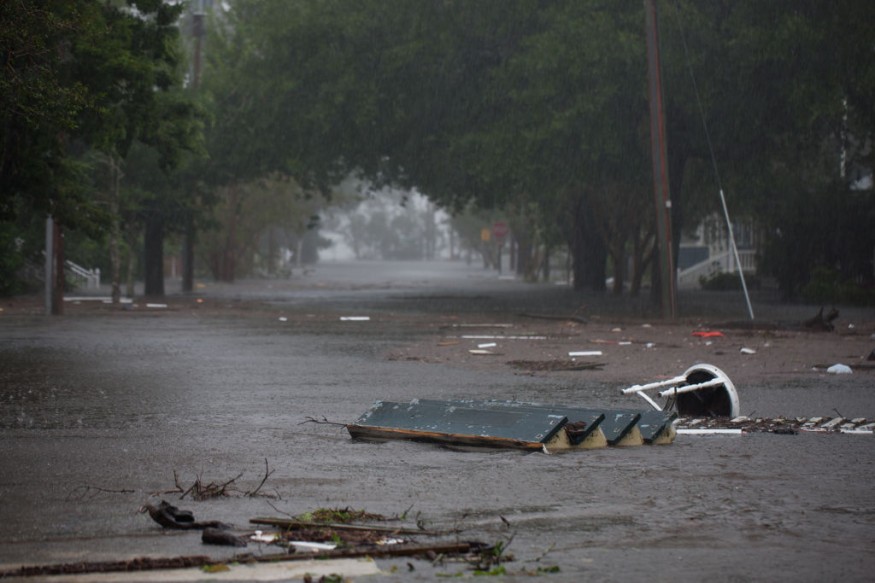Cyclone Gombe killed at least 11 people and injured 20 as it wreaked havoc in northern Mozambique over recent days.
Gombe destroyed houses and agricultural fields, locally known as machambas; which some locals rely on as their source of livelihood and food.
A combination of strong winds and extreme torrential rain has affected thousands of people in Mozambique due to Gombe. Massive flooding due to heavy rain has also made some roads become impassable and people stranded.
Cyclone Gombe

Gombe made landfall in the Nampula and Zambezia provinces of northern Mozambique on Friday, March 11.
The International Organization for Migration (IOM) reportedly estimated that 115,000 people have been affected by the cyclone in Mozambique, as cited by the Africa News.
Furthermore, flash floods caused by torrential rain had covered the city of Nampula until Sunday, March 13.
The storm brought maximum sustained winds of up to 190 kilometers per hour, as per the Relief Web humanitarian portal of the United Nations Office for the Coordination of Humanitarian Affairs (OCHA).
According to Relief Web, Gombe injured 20 people and affected a total of 18,345 people in Mozambique, a figure which is greater than the estimated affected people by the IOM.
Furthermore, the weather hazards from Gombe have resulted in catastrophic repercussions and environmental damage.
The number of casualties and damage caused by Gombe is likely to increase as final official figures are yet to be released by local authorities.
Also Read: Tropical Storm Gombe Expected to Make Landfall in Mozambique This Friday: Weather Warning
Disaster Recovery
Cyclone Gombe is one of the several storms that has ravaged the southeastern Africa region this year, with countries including Mozambique, Madagascar, and Malawi.
The arrival of the latest storm struck people who are still attempting to recover from previous natural disasters over the past three months.
The OCHA stated that a total of over 200,000 people were affected by previous storms in the Mozambican provinces of Nampula, Tete, and Zambezia.
The Indian Ocean
Also called Tropical Cyclone Gombe, the storm intensified rapidly after forming over the Indian Ocean and headed towards the Mozambique Channel last week.
Mozambique reportedly received extreme rainfall equivalent to several weeks to several months of downpour of rain.
The formation of cyclones above the Indian Ocean is a common origin of storms that befall countries in southern and southeastern Africa.
The common route is the Mozambique Channel, with Madagascar, Mauritius, and Reunion to be initially hit in the region before making landfall in the Africa mainland.
Some cyclones formed in the Indian Ocean also affect other countries in East Africa and the Middle East.
India is also likely to get hit by storms from the Indian Ocean-which has been considered also a basin for cyclones.
Climate Change
In 2019, the World Meteorological Organization (WMO) highlighted the link between frequent cyclones and climate change.
The WMO made its announcement following the large-scale humanitarian, economic, and environmental crisis caused by Cyclones Idai and Kenneth.
With Cyclone Gombe, along with the multitude of cyclones, which occurred this year in the southeastern Africa region, the number of cyclones compared over recent years may likely be a sign that climate change has affected the storms.
The WMO indicated that the signs of linkage with climate change are strong weather hazards, such as coastal flooding and more intense rainfall from high-impact tropical cyclones.
© 2025 NatureWorldNews.com All rights reserved. Do not reproduce without permission.





